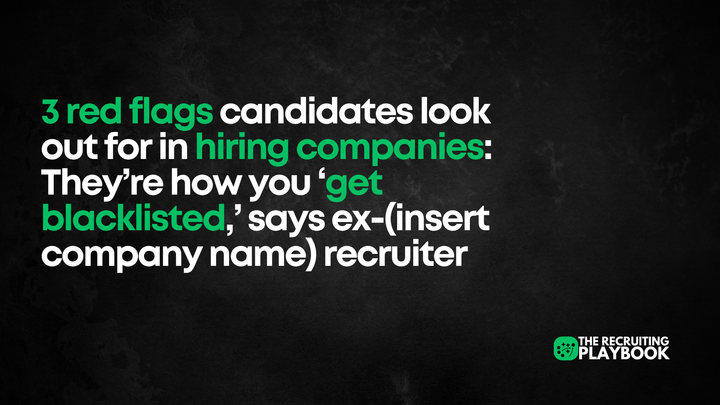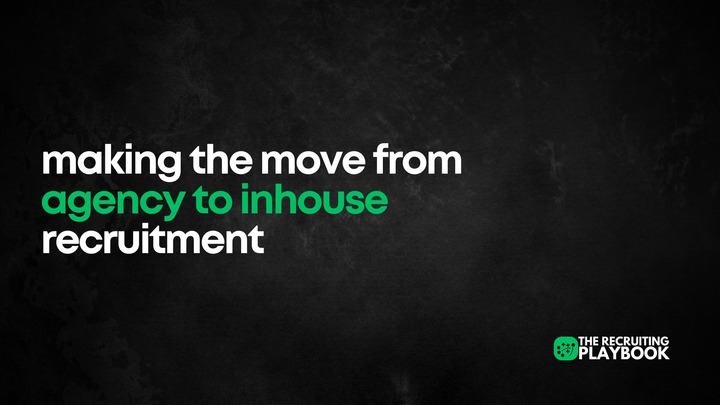The Evolution of TA: From Beginnings to the Era of Artificial Intelligence

The art of recruiting and talent acquisition has been a cornerstone of human civilization since the dawn of organized societies. From tribal chiefs selecting warriors to kings appointing knights, and finally to modern corporations searching for their most valuable assets, people have always been in search of the best talent.
The methods used to find these people have changed drastically over time.
Today, with the ever-evolving landscape of technology and the emergence of artificial intelligence (AI), recruitment and talent acquisition are reaching new heights.
Let’s explore the history of recruitment and talent acquisition, how it has evolved to its present state, and what we can expect in the next five years, given the rapid advancements in AI.
The Origins of Recruitment and Talent Acquisition
Recruitment and talent acquisition can be traced back to ancient civilizations, where leaders handpicked those they believed had the skills and qualities necessary to serve their tribes or communities. In ancient Egypt, for instance, the pharaohs had a selection process to appoint skilled artisans and laborers to work on monumental projects, such as the construction of the pyramids.
As societies became more complex and the division of labour more specialized, the demand for skilled workers increased. During the Middle Ages, tradesmen sought out apprentices to teach their crafts and, eventually, take over their businesses. The apprenticeship system was the primary method of talent acquisition in many parts of the world for centuries.
The Industrial Revolution
The Industrial Revolution in the 18th and 19th centuries transformed recruitment and talent acquisition. Factories and businesses needed an influx of workers to operate their machines and maintain their growing enterprises. This led to the emergence of employment agencies, which served as intermediaries between job seekers and employers. These agencies helped to streamline the hiring process by matching job seekers with employers based on their skills and experience.
The 20th Century and Beyond
Throughout the 20th century, recruitment continued to evolve as businesses became more specialized and the demand for skilled labour increased. As job markets became more competitive, employers started to recognize the importance of hiring the right talent for their organisations. This shift led to the creation of human resources (HR) departments that were responsible for attracting, recruiting, and retaining the best talent.
The advent of the internet in the late 20th century revolutionized recruitment and talent acquisition. The creation of job boards and the widespread use of email made it possible for employers to connect with a broader pool of candidates, and for job seekers to apply for positions more easily. Social media platforms such as LinkedIn later provided a new avenue for networking, allowing employers to find potential candidates who may not have applied through traditional channels.
The Emergence of AI in Recruitment and Talent Acquisition
Artificial intelligence has already made significant inroads into the recruitment and talent acquisition space. AI-powered tools are now being used to automate repetitive tasks, analyse vast amounts of data, and identify trends and patterns that help recruiters make better-informed decisions. Here are some ways AI is changing recruitment and talent acquisition:
- Automating mundane tasks: Many aspects of the recruitment process can be time-consuming and repetitive, such as screening CVs, scheduling interviews, and following up with candidates. AI-driven tools can help automate these tasks, allowing recruiters to focus on more strategic aspects of the hiring process. The emphasis here is on the word ‘help’ not replace.
- Candidate matching: AI algorithms can analyse a candidate's CV, social media presence, and other data points to determine their suitability for a specific role. This helps recruiters save time by narrowing down their search to the most qualified candidates.
- Predictive analytics: By analysing historical data and identifying patterns, AI-powered tools can help recruiters predict which candidates are most likely to succeed in a given role or at a particular company. This can help organisations make more informed hiring decisions and reduce the risk of a bad hire.
- Enhancing the candidate experience: AI can be used to create personalized and engaging experiences for job seekers, from tailored job recommendations to chatbots that can answer questions and provide information during the application process.
- Bias reduction: Unconscious bias can play a significant role in the hiring process, leading to less diverse and inclusive workplaces. AI-powered tools can help reduce bias by analysing candidate data in a more objective manner, ensuring that hiring decisions are based on merit rather than personal preferences.
The Future of Recruitment and Talent Acquisition: The Next Five Years
As AI continues to advance, it is expected to have an even greater impact on the recruitment and talent acquisition landscape in the coming years. Here are some predictions for how AI will shape the future of recruitment:
- Enhanced candidate profiling: AI will become increasingly capable of analysing a wider range of data points, including social media activity, online portfolios, and even facial expressions during video interviews. This will allow recruiters to develop a more comprehensive understanding of candidates and their potential fit within an organisation.
- Virtual reality (VR) and augmented reality (AR) integration: VR and AR technologies are expected to become more mainstream in the coming years, which could have interesting applications in recruitment. For example, VR could be used to conduct immersive, realistic job simulations, allowing candidates to showcase their skills and abilities in real-world scenarios. AR, on the other hand, could be used to enhance the candidate experience by offering virtual office tours or providing additional information about a company during an interview.
- More sophisticated algorithms: As AI continues to evolve, the algorithms used in recruitment and talent acquisition will become more advanced and better at predicting candidate success. This could lead to a reduction in hiring mistakes and improved overall efficiency in the recruitment process.
- Blockchain technology: Blockchain technology has the potential to revolutionize recruitment by creating a decentralized and transparent database of candidate information. This could help to eliminate fraud, ensure data privacy, and streamline the verification of candidate credentials.
- Greater emphasis on soft skills: As AI and automation become more prevalent in the workplace, there will be a growing emphasis on the importance of soft skills, such as communication, empathy, and creativity. AI-driven tools will be used to assess these skills more effectively, helping employers identify candidates who possess the emotional intelligence and interpersonal abilities needed to thrive in the modern workforce.
Conclusion
The recruitment and talent acquisition landscape has come a long way since its origins, with technology playing an increasingly significant role in shaping the way organisations find and hire the best talent.
As AI continues to evolve, it is expected to have a profound impact on the future of recruitment, offering exciting new possibilities for both employers and job seekers alike.
As organisations adapt to these changes, the key to success will be staying agile and embracing new technologies that can help streamline the hiring process, enhance the candidate experience, and ultimately, contribute to the development of a more diverse, inclusive, and skilled workforce.
Subscribe
Subscribing to this site gives you access to premium articles, subscription to my newsletter and a free copy of My Ultimate Guide To Job Searching.
Follow Me
Find me on LinkedIn , TikTok , YouTube or Instagram where I share lot’s of practical no nonsense advice.
Get Your Copy Of My Ultimate Guide to Job Searching
Searching for a new job can be tough, the right mindset and strategy can help. Download my “Ultimate Guide To Job Searching” ebook to help which also includes 180+ interview questions, interview tips and email templates.
Get your copy here The Ultimate Guide To Job Searching
Or get it for free by subscribing to this site.
Support This Site
With rising subscriber numbers (you're all awesome, thank you!) the costs of hosting this site and sending newsletters is rising. If you can support this site with a voluntary donation, I'd really appreciate it
You can donate here



